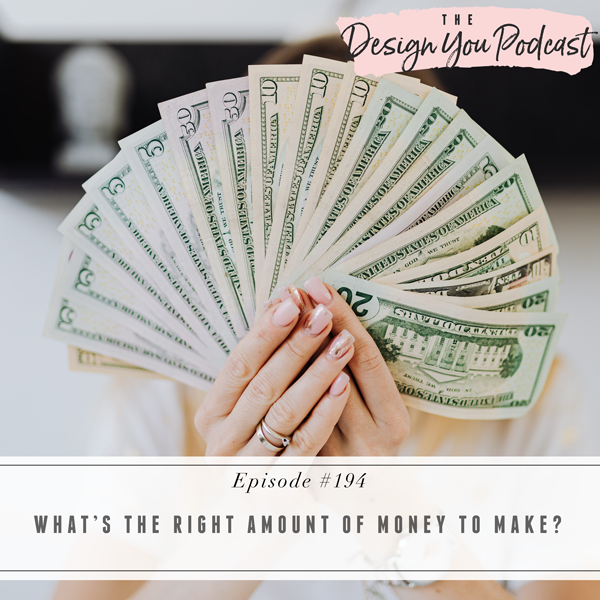
As business owners, a lot of us love this time of year. If we’ve hit or even exceeded our numbers, revenues and profits, it feels super exciting. But what about those of us who haven’t achieved what we wanted? This time of year can feel not so great. So whichever camp you’re in, I’m talking to you this week.
How much money were you hoping to make this year in your business? How much do you want to make in the next 12-24 months? Wherever you are, I’m helping you start thinking about money differently so you can be intentional with the amount you want to earn next year and beyond.
In this episode, I’m giving you a different way to think about money and helping you get clear on the amount of money that’s right for you in a sustainable and conscious way. The amount that’s right for you will be different for someone else, so I’m sharing why there’s no amount you “should” be making and some tips to help you start being more intentional with your money to create a business that is aligned with your values.
If you want help creating a business with thriving revenue streams so that you can design the life you really want, get on the waitlist for the next round of my Design You Coaching Program. Inside, you’ll get access to a whole new course where I share my complete design system with you. You’ll receive every template, tool, SOP, worksheet, downloadable, video, and more that I have created and used myself, and receive a complete step-by-step for how to run your full-service projects.





